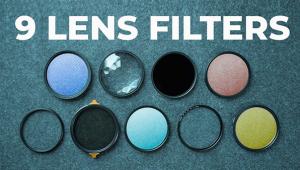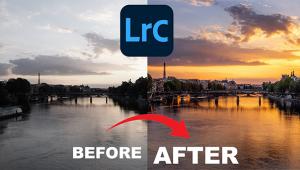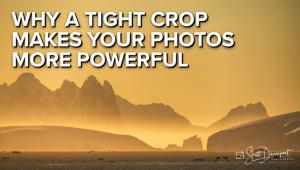Shake It Up: 3 Easy Ways to Add Variety to Your Photos
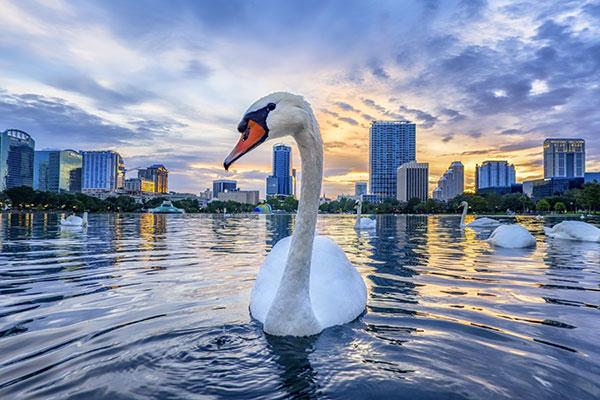
Regular readers know that I emphasize in these columns the idea of visualizing opportunities that will set your images apart from the rest. There is another aspect to that idea, and that’s setting your images apart from each other. In other words, adding variety to your photography by adding, and even combining, techniques.
All my methods, techniques, and ideas ultimately have one purpose: to reach beyond the first-impression shot, the see-something-and-grab-a-photo moment.

I thought I’d start off this year’s columns by going into the details and providing examples of some of these creative tips and the added benefit of combining them from time to time.
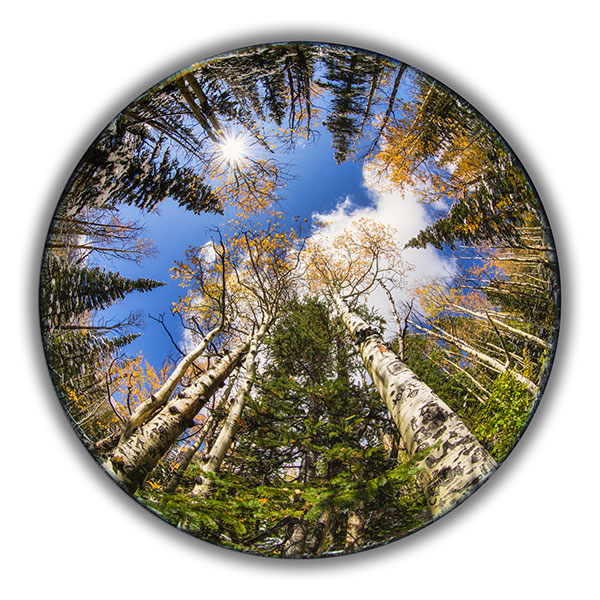
1. Point of View
Essentially, the idea here is to go low, go high, go unexpected. Shoot from a low angle for eye-to-eye images and unusual perspectives; from a high angle for the depth, detail, and emotional response that those photographs can provide.
By unexpected I mean your choice of lens and composition. Tilt the camera slightly to increase a sense of movement or tension. Use a fisheye lens for the surprising treatment of familiar subjects—for example, sky, sunlight, trees, and clouds when you look straight up at them.

A photograph of a child taken at the child’s level builds an emotional connection between the viewer and the photograph, and makes for a more intimate portrait. If you shoot standing up, you’ve separated yourself, and the photo’s viewer, from your subject.
A photograph driven by a different point of view often begins for me when I think, Okay, I know the normal way to shoot this, but what’s the not normal way? What composition will give me the element of surprise?
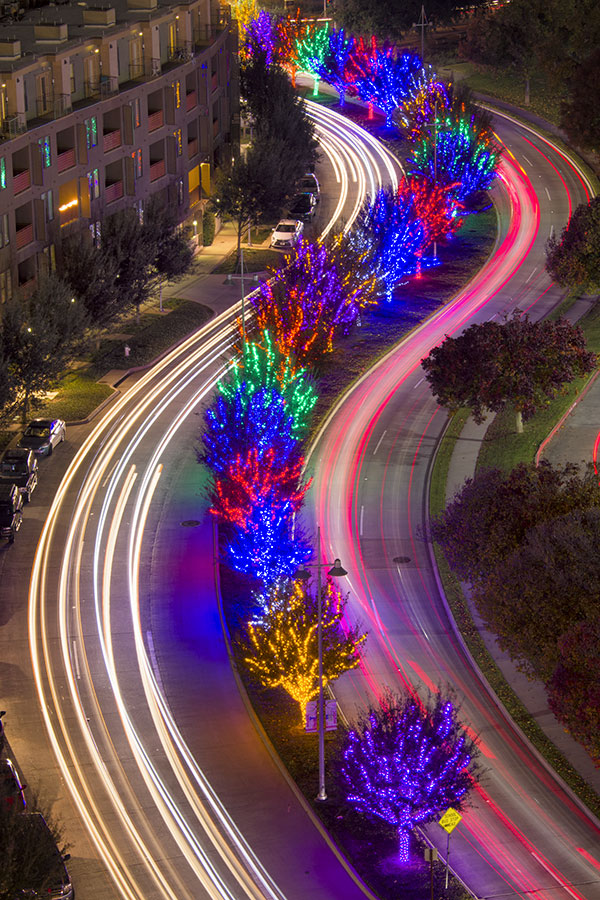
2. Go Long
Long exposures capture time passing, and they collect light. When combined with panning, they can convey the energy of city streets.
When I combine them with blue-hour photography, I can get very different, eye-catching, and dramatic views of very familiar places.
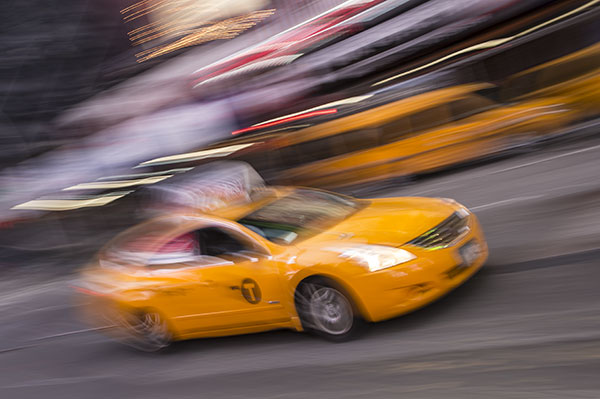
3. Time of Day
I like to shoot at the golden hour of early morning, before most people are up; at the blue hour as darkness approaches and the light is more dramatic; and after dark, when the tourists are all gone, I have the streets to myself, and the night tells a different story.
For this to make sense and to work for you, you have to consider yourself a traveler, not a tourist. You have to get up earlier and stay later than a tourist. Your day will be longer, but you’ll see more, photograph more, and tell more stories than the tourist.

And I like to combine silhouettes with images taken early and late. Silhouettes are a wonderful way to create mystery and add interest to an image.
I’ll explore more ideas for idea-driven photographs in my next column.
A selection of Deborah Sandidge’s world photography is at deborahsandidge.com, along with cinemagraphs, photo tips, and a schedule of upcoming workshops, photo tours, and seminars.
- Log in or register to post comments






